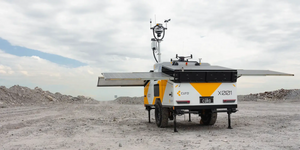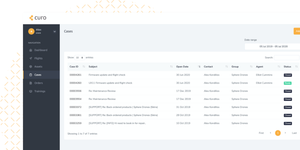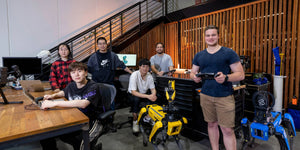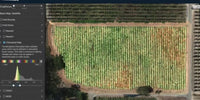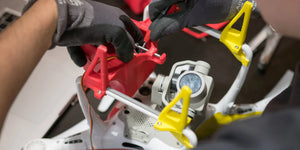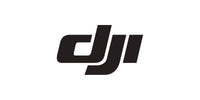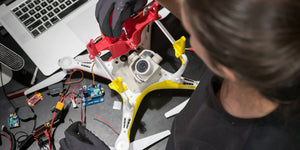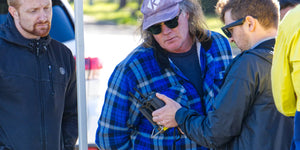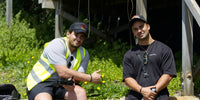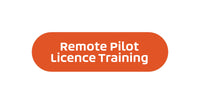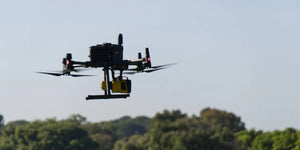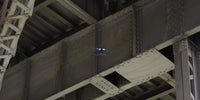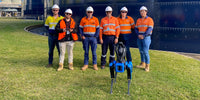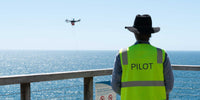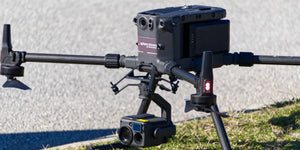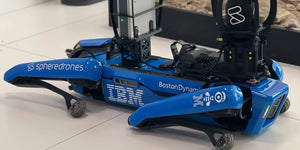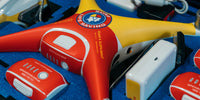It took the team about three days to be fully operational with the UX11. They trained themselves by reading the manual and watching Delair’s video tutorials, and then conducted field tests to understand the UX11’s behavior. Any questions they had were easily solved by contacting the Delair support team.
The benefits of the Delair UX11 were immediate, as the technology allowed them to increase productivity, reduce costs and be more reactive to requests from clients.
The UX11 surveys ancient landscapes
The UX11 officially joined the ATS team in the field when they were contacted by their client, The University of Siena, Department of History and Cultural Heritage.
The survey mission was part of the Neumed project, an European funded initiative organised by the university and led by professor Richard Hodges and Professor Giovanna Bianchi. The objective was to study ancient landscapes and recreate the paleoenvironmental evolution of the area in order to explain how settlement and the exploitation of natural resources influenced changes in Val di Cornia, a flat valley located in southwest Tuscany.
The Digital Terrain Model (DTM) produced with the UX11 was used to geomorphological study and identify new archaeological features. In archaeology, high-resolution photogrammetric data and high-quality DTMs can assist the discovery, mapping and subsequent surveying and monitoring of micromorphological archaeological features.
Micromorphological features fall within well-established categories of traditional aerial survey interpretation, normally carried out by aircraft, but the environmental conditions in which such features become visible, particularly in low lighting, are limited to certain seasons of the year: autumn and winter and during specific times of the day. Conversely, operating on a digital 3D model acquired in less restrictive environmental conditions makes it possible to simulate whatever conditions, angles or directions of lighting that will give emphasis to these micromorphological features.
The challenge of this project was to acquire all data in a few working days, after the crops were cut and before ploughing. This condition helps to obtain a clear DTM useful for archaeological interpretation, as crops ploughing can reduce the readability of archaeological features on the DTM.
The UX11 allowed the team to map the area in short time and on the specific dates. They only set 70 Ground Control Points for the 55 square kilometers area; a task accomplished in one working day. ATS performed 38 flights which were 45 minutes each, acquiring more than 80K images in less than 10 working days, resulting in a high-resolution survey at 2cm resolution.
In comparison to an aircraft survey, ATS cost savings was 60%, an amount that allowed them to provide a very competitive quote to The University of Siena. They were able to complete all the processing within 15 working days, only using two workstations.
Source: Delair
